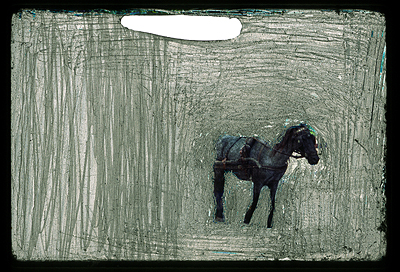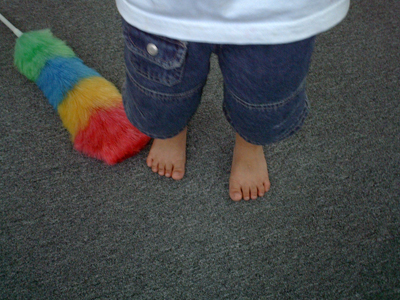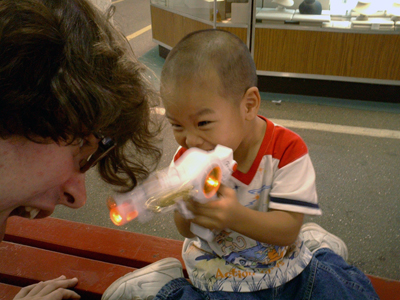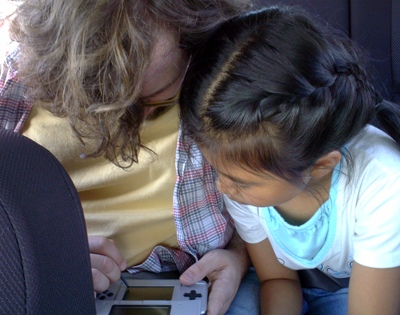ok, no lie, WTF.
i have to admit that i'm a total nerd about writing. i love to write. not fiction so much, but i really don't mind writing papers. yes, my writing style can be informal (and i'm talking more about papers than the blog - sometimes my blog is highly disjointed due to its stream of consciousness nature).
but i was in the ib program. all we did was write. write and write and write and write. i can fucking write a paper in my sleep.
i'm a pretty good writer.
so when i get a 90% because my "sentences are too long" and that my "use of dashes - is not correct," i get irritated.
if any of my dear readers are grammar nerds/snobs/literate, please enlighten me and put me in my place. sometimes i need it.
and blah-blah-blah, yes, a 90% is an "a."
i think it's still just a gut reaction.
it's a *low* a.
also, in high school, my grading scale was 94-100 was an "a."
a 90 was a "b."
what follows here are the sentences wherein have i have used the dash.
***********************************************************************
To actually learn about the skeleton - of how bone is formed and how it functions - is a completely different story, one of strength and fragility, of dynamic growth and decline.
Each osteon has a central canal along which run veins, arteries and nerves; occassionally there are perforating canals which run perpendicular to the central canals - they allow blood vessels to connect to each other inside this matrix of bone and permit the flow of nutrients and waste.
(hm, possibly my use of the semi-colon was not correct. this i admit.)
As one ages, however, much of the red bone marrow will change to yellow bone marrow - a fatty tissue. Further on, by old age, much of this yellow bone marrow will become a reddish jelly - gelatinous bone marrow.
The hard network of this spongy bone is called trabeculae - its structure bequeaths an incredible amount of strength to the ends of long bone and enables the ends to absorb stress from any angle, a very important feature to have at the joints.
(maybe i could have gone into *why* it was an important feature here.)
Between these two areas is the epiphyseal plate - this is the area where growth will occur in length in growing humans.
It basically keeps bones from grinding against each other - creating a well-oiled joint.
(ok, maybe this could have been a comma.)
The makeup of bone is approximately one third proteins and two thirds mineral; the protein component is mainly an organic material - collagen - which gives bone its flexibility, while the mineral component is a combination of mostly calcium and phosphorus which gives bone its hardness.
A delicate balance between these two materials must be maintained - not enough protein and the bone will become brittle and break easily, not enough minerals and it will end up too flexible and soft.
As the osteoblasts create bone, they mature into osteoclasts - cells that have built themselves into a little cell surrounded by hard matrix.
Their job is to break down bone - they secrete hydrogen ions to make hydrochloric acid (to dissolve minerals) and an acid enzyme ( to braek down the protein fibers).
There are two main types of fractures - open reduction and closed reduction.
Next, this tissue is formed into a soft callus made primarily of cartilage - a hard mineral callus will then replace the soft callus.
Lastly is the remodeling - there will be a larger lump at the breakage site - in a healthly and normal person, this lump will eventually disappear over a few months. (i admit, this is awkward.)
*********************************************************************
i guess you get the point.
here's what st. martin's handbook has to say about dashes:
pairs of dashes allow a writer to interrupt a sentence to insert a comment or highlight particular marterial. in contrast to parentheses, dashes give more rather than less emphasis to the material they enclose.
a single dash sets off a comment or emphasizes material at the end of a sentence. it also marks a sudden shift in tone, introduces a summary or explanation of what has come before, and indicates hesitation in speech.
i guess my point is that i don't understand why i didn't at least give a 95%. maybe i used a few too many (?), but that hardly constitutes 10 points off. in my must humble (ha!) opinion. he said that he would grade easy! cakewalk! as long as there weren't super bad grammatical mistakes and that there were paragraphs and an intro and a conclusion... no problem!
*sigh*
please, berate me if i'm wrong. erikina? mich?















